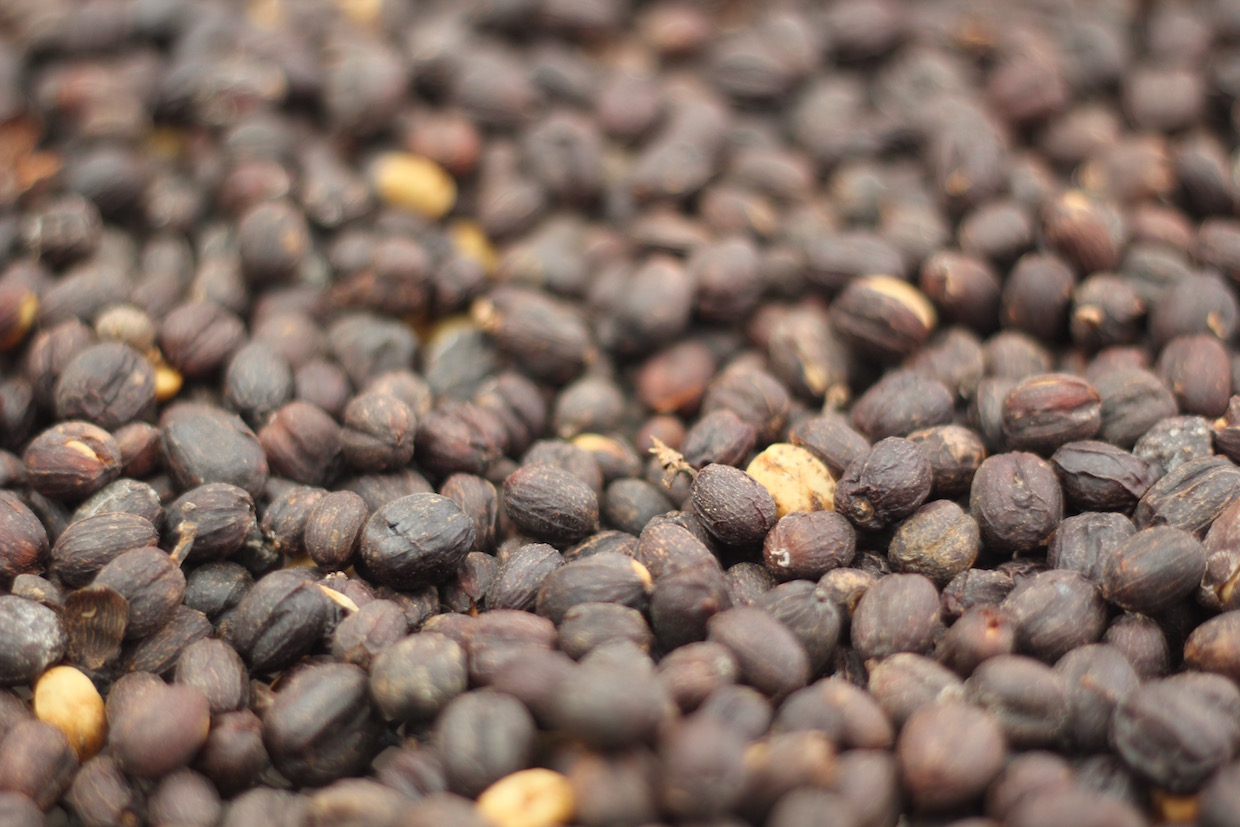Researchers from parts of Africa and Europe have shed new light on how climate change may affect what’s considered “specialty coffee” growth in Ethiopia throughout the rest of this century.
Incorporating advanced modeling for climates, topography and soils using specific geographical reference points throughout the Ethiopian coffeelands, the research provides a first-of-its-kind prediction of how specific Ethiopian coffee growing regions will be affected through 2090.
At the same time, the research explains the market-related consequences of such changes, identifying the real or perceived value of certain Ethiopian origins or geographic indications such as Yirgacheffe, Sidamo, Harar, Nekemte and Limu within the differentiated specialty coffee market.
A gross over-simplification of the research’s findings might say that suitable arabica coffee growing land areas are expected to change along with ongoing climate changes, with many existing areas becoming unsuitable, and many currently unsuitable areas becoming suitable. Importantly, the conditions required for high-quality “specialty” grade coffee are expected to worsen in nearly all of the regions, according to the study’s authors.
“The results show that we can expect an overall increase in coffee growing potential in Ethiopia but a decrease in most specialty coffees (except Nekemte) by climate change from the near-future to the 2090s,” they wrote.
Overall, the research presents a more focused view on coffee and climate as compared to the landmark 2014 climate study that predicted that the current suitable land for arabica growth worldwide could be cut in half by 2050. Subsequent studies that have provided map models, predicted new elevation requirements for coffee growth, and predicted the extinction of wild arabica species, particularly in Ethiopia, without intervention.
A major study in 2017 predicted that as much as 59% of Ethiopia’s current (then) coffeelands could become unsuitable for coffee growth by the end of the century due to climate change.
The new study — led by author Abel Chemura, a post-doctoral researcher at the Potsdam Institute for Climate Impact Research (PIK) in Germany — goes even further by addressing agriculural factors that Third Wave coffee subscribers might refer to as “terroir,” a phrase poached from the wine industry.
“In addition to the general requirements for Arabica coffee production, and perhaps most importantly, coffee quality profiles are strongly influenced by local climatic (rainfall, temperature, humidity and radiation), topological (elevation, slope angle and aspect), and edaphic (soil depth, acidity/alkalinity and fertility) factors,” the authors of the study, published this month in “Scientific Reports,” wrote. “These give the coffee distinctive characteristics specific to production areas. The combination of these factors is unique to each region and thus difficult to replicate, and slight modifications will affect the eventual profile of the coffee, but impact studies on this important aspect are missing.”
The full study can be found here.
Related Reading
Nick Brown
Nick Brown is the editor of Daily Coffee News by Roast Magazine. Feedback and story ideas are welcome at publisher (at) dailycoffeenews.com, or see the “About Us” page for contact information.



